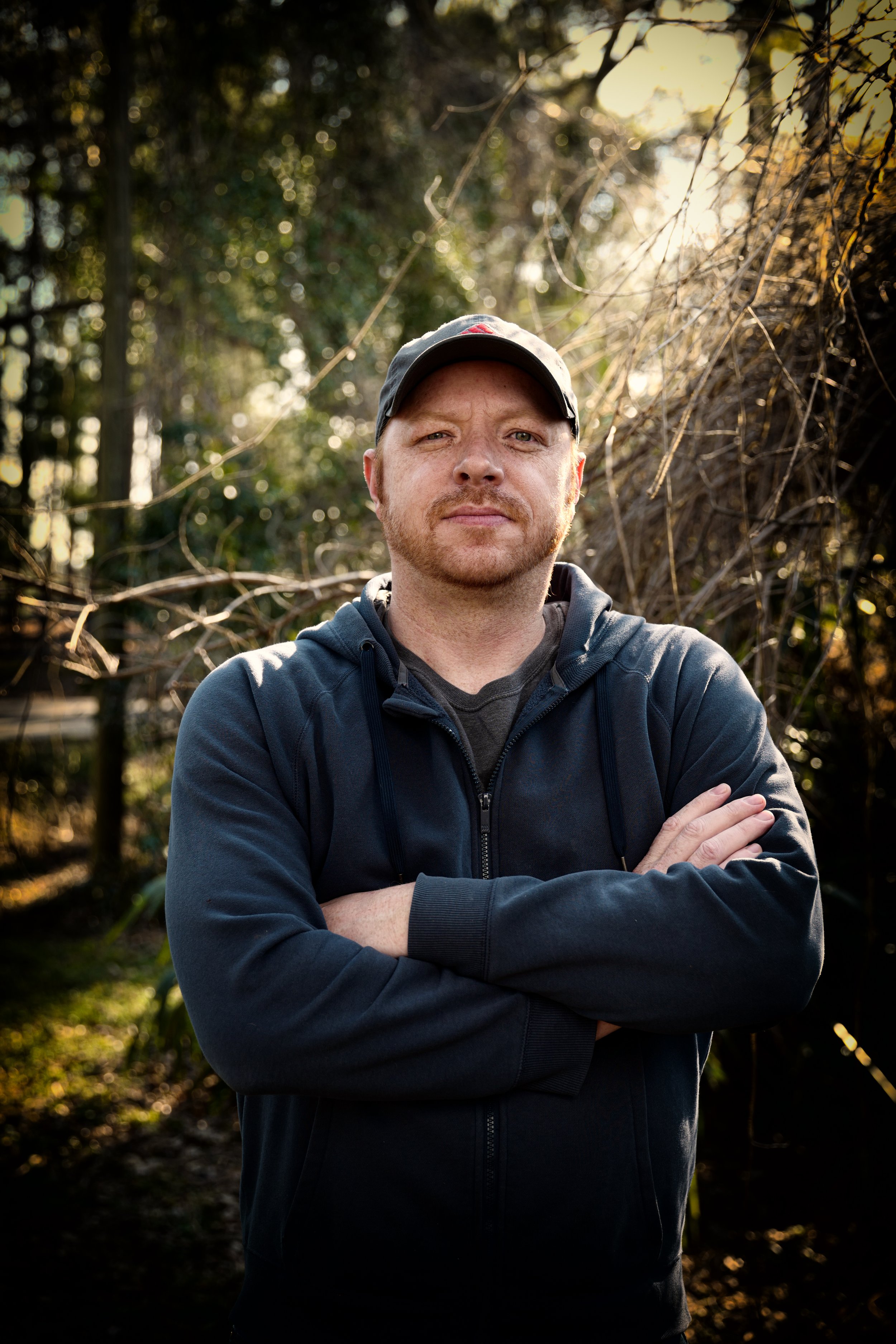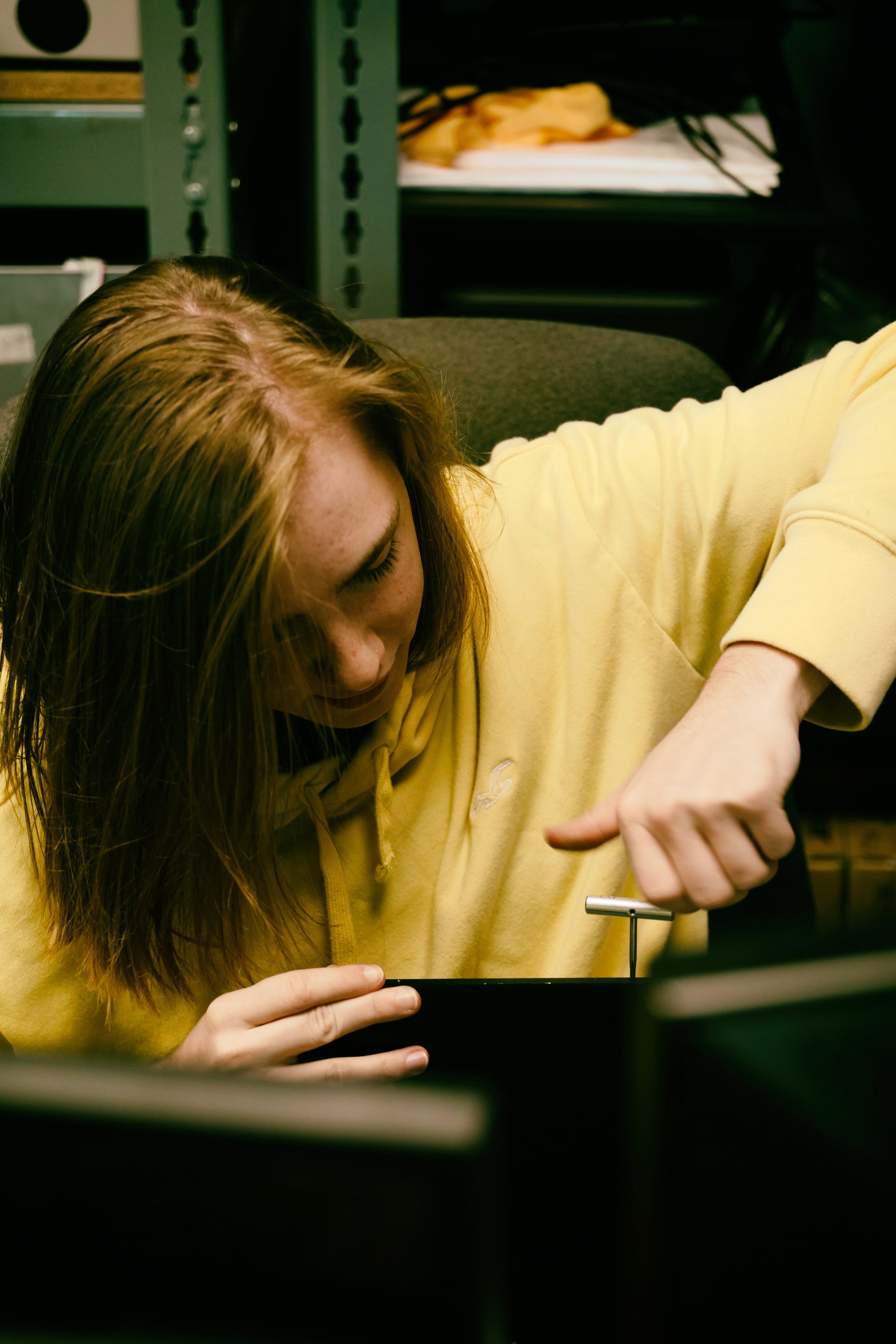The Ultimate Guide To Uv/vis/nir
The Ultimate Guide To Uv/vis/nir
Blog Article
See This Report about Circular Dichroism
Table of ContentsSome Ideas on Circular Dichroism You Should KnowGetting The Spectrophotometers To WorkAbout SpectrophotometersThe Best Guide To Circularly Polarized LuminescenceAll about Uv/vis/nirSome Known Factual Statements About Circularly Polarized Luminescence 10 Simple Techniques For Circularly Polarized Luminescence3 Simple Techniques For SpectrophotometersNot known Details About Circularly Polarized Luminescence What Does Circularly Polarized Luminescence Mean?Excitement About Uv/vis9 Easy Facts About Circularly Polarized Luminescence DescribedA Biased View of Circularly Polarized Luminescence
It is then scanned through the sample and the referral services. Fractions of the event wavelengths are transferred through, or reflected from, the sample and the recommendation. The resultant light strikes the photodetector gadget, which compares the relative intensity of the two beams. Electronic circuits transform the relative currents into direct transmission portions and/or absorbance/concentration worths.The transmission of a recommendation compound is set as a standard (information) worth, so the transmission of all other compounds are tape-recorded relative to the preliminary "zeroed" compound. The spectrophotometer then converts the transmission ratio into 'absorbency', the concentration of particular elements of the test sample relative to the initial substance.
Considering that samples in these applications are not readily offered in large amounts, they are especially fit to being examined in this non-destructive strategy. In addition, valuable sample can be saved by using a micro-volume platform where as low as 1u, L of sample is required for total analyses. A brief explanation of the treatment of spectrophotometry consists of comparing the absorbency of a blank sample that does not include a colored substance to a sample which contains a colored compound.
The Definitive Guide to Circularly Polarized Luminescence
In biochemical experiments, a chemical and/or physical residential or commercial property is selected and the treatment that is used is specific to that property in order to obtain more information about the sample, such as the quantity, purity, enzyme activity, etc. Spectrophotometry can be used for a variety of methods such as identifying ideal wavelength absorbance of samples, figuring out optimal p, H for absorbance of samples, identifying concentrations of unidentified samples, and identifying the p, Ka of various samples.: 21119 Spectrophotometry is likewise a useful procedure for protein filtration and can also be utilized as a technique to create optical assays of a substance.
It is possible to know the concentrations of a 2 component mix utilizing the absorption spectra of the standard solutions of each component. To do this, it is necessary to know the termination coefficient of this mixture at two wave lengths and the termination coefficients of options which contain the known weights of the 2 elements.

Not known Facts About Spectrophotometers
Region. The concentration of a protein can be estimated by measuring the OD at 280 nm due to the existence of tryptophan, tyrosine and phenylalanine.
This method needs a spectrophotometer capable of determining in the UV area with quartz cuvettes.: 135 Ultraviolet-visible (UV-vis) spectroscopy involves energy levels that delight electronic shifts. Absorption of UV-vis light thrills particles that are in ground-states to their excited-states.
These curves can be utilized to test a brand-new batch of colorant to examine if it makes a match to requirements, e
Traditional visible conventional noticeable area not detect if a colorant or the base material has fluorescence. This can make it challenging to manage color issues if for example one or more of the printing inks is fluorescent. There are two major setups for visual spectrum spectrophotometers, d/8 (spherical) and 0/45.
Scientists use this instrument to determine the amount of compounds in a sample. In the case of printing measurements 2 alternative settings are typically used- without/with uv filter to manage better the effect of uv brighteners within the paper stock.
Some Known Facts About Spectrophotometers.
Some applications require little volume measurements which can be carried out with micro-volume platforms. As explained in the applications section, spectrophotometry can be used in both qualitative and quantitative analysis of DNA, RNA, and proteins. Qualitative analysis can be used and spectrophotometers are used to tape-record spectra of substances by scanning broad wavelength regions to determine the absorbance properties (the strength of the color) of the substance at each wavelength.

Excitement About Circular Dichroism
One major factor is the type of photosensors that are readily available for different spectral areas, but infrared measurement is likewise challenging due to the fact that practically everything produces IR as thermal radiation, particularly at wavelengths beyond about 5 m. Another issue is that many products such as glass and plastic absorb infrared, making it incompatible as an optical medium.
2013. p. 13. Allen, DW; Cooksey, C; Tsai, BK (Nov 13, 2009). "Spectrophotometry". Recovered Dec 23, 2018. Ninfa AJ, Ballou DP, Benore M (2010 ). Basic Laboratory Approaches for Biochemistry and Biotechnology (2nd ed.). Hoboken: Wiley & Sons. ISBN 9780470087664. OCLC 488246403. Schwedt G (1997 ). The important guide to analytical chemistry.
Oke, J. B.; Gunn, J. E.
Not known Facts About Spectrophotometers

Ninfa AJ, Ballou DP, Benore M (2015 ). Essential Lab Techniques for Biochemistry and Biotechnology (3, rev. ed.). circular dichroism. Lab Equipment.
Examine This Report on Circularly Polarized Luminescence
Recovered Jul 4, 2018. Trumbo, Toni A.; Schultz, Emeric; Borland, Michael G.; Pugh, Michael Eugene (April 27, 2013). "Applied Spectrophotometry: Analysis of a Biochemical Mixture". Biochemistry and Molecular Biology Education. 41 (4 ): 24250. doi:10. 1002/bmb. 20694. PMID 23625877. (PDF). www. mt.com. Mettler-Toledo AG, Analytical. 2016. Obtained Dec 23, 2018. Cortez, C.; Szepaniuk, A.; Gomes da Silva, L.
"Exploring Proteins Filtration Strategies Animations as Tools for the Biochemistry Mentor". Journal of Biochemistry Education. 8 (2 ): 12. doi:. Garrett RH, Grisham CM (2013 ). Biochemistry. Belmont, CA: Cengage. p. 106. ISBN 978-1133106296. OCLC 801650341. Holiday, Ensor Roslyn (May 27, 1936). "Spectrophotometry of proteins". Biochemical Journal. 30 (10 ): 17951803. doi:10. 1042/bj0301795.
PMID 16746224. Hermannsson, Ptur G.; Vannahme, Christoph; Smith, Cameron L. C.; Srensen, Kristian T.; Kristensen, Anders (2015 ). "Refractive index dispersion picking up utilizing an array of photonic crystal resonant reflectors". Applied Physics Letters. 107 (6 ): 061101. Bibcode:2015 Ap, Ph, L. 107f1101H. doi:10. 1063/1. 4928548. S2CID 62897708. Mavrodineanu R, Schultz JI, Menis O, eds.
The smart Trick of Uv/vis/nir That Nobody is Talking About
U.S. Department of Commerce National Bureau of Standards unique publication; 378. Washington, D.C.: U.S. National Bureau of Standards.
The process begins with a regulated light that brightens the evaluated sample. When it comes to reflection, as this light interacts with the sample, some is soaked up or released. The emitted light travels to the detector, which is evaluated, measured, and presented as industry-standard color scales and indices.
Market governing bodies usually specify particular metrics for specific products, such as Tomato and Coffee indices. The simplified math appears like this: Where R is the reflection coefficient. All terms are evaluated over the visible spectrum from 400 to 700 nm. When it comes to transmission, when the light communicates with the sample, it is either absorbed, shown, or transferred.
How Uv/vis can Save You Time, Stress, and Money.
Examples consist of APHA (American Public Health Association) for watercolor and pureness analysis, ASTM D1500 for petrochemical color analysis, edible oil indices used in food, and color analyses of beverages. The streamlined mathematics appears like this:. Where T is the transmission coefficient. All terms are evaluated over the visible spectrum from 400 to 700 nm.
Image Credit: Matej Kastelic/ Dr. Arnold J. Beckman and his coworkers at the National Technologies Laboratories initially invented the spectrophotometer in 1940. In 1935 Beckman founded the business, and the discovery of the spectrophotometer was their most ground-breaking creation.
The 9-Minute Rule for Uv/vis/nir
99% precision. In time, researchers kept improving the spectrophotometer design to boost its performance. The UV capabilities of the design B spectrophotometer were improved by changing the glass prism with a quartz prism. Ultimately, the Design DU was created, consisting of a hydrogen lamp and other enhancements. This instrument was utilized in commercial laboratories, centers, and chemistry and biochemistry departments.
After 1984, double-beam variations of the device were created. The addition of external software application with the provision of onscreen display screens of the spectra can be found in the 1990s. Typically, a spectrophotometer is comprised of two instruments, specifically, a spectrometer and a photometer. A fundamental spectrophotometer consists of a source of light, a monochromator, a collimator for straight beam transmission, a cuvette to put a sample, and a photoelectric detector.
The Basic Principles Of Circular Dichroism
There are different kinds of spectrophotometers in various sizes and shapes, each with its own function or functionality. A spectrophotometer determines how much light is reflected by chemical elements. spectrophotometers. It measures the distinction in light intensity based upon the total amount of light introduced to a sample and the amount of beam that travels through the sample service
Based on the instrument's style, the sample is placed between the spectrometer and the photometer. After the light is travelled through the sample, the photometer measures its strength and shows the reading. A spectrophotometer is used to figure out the concentration of both colorless and colored solutes in an option. This instrument is used to figure out the rate of a response.
Report this page